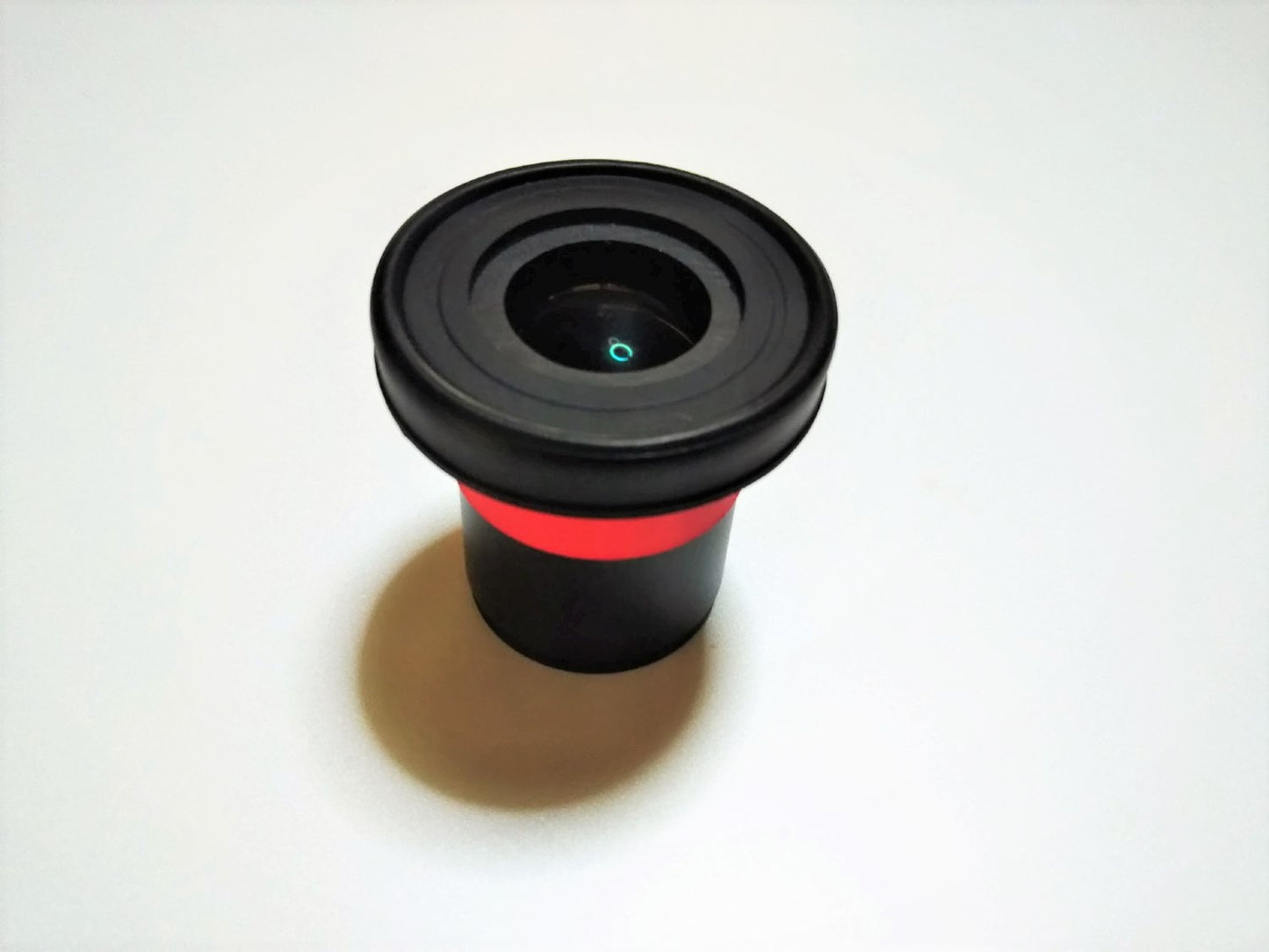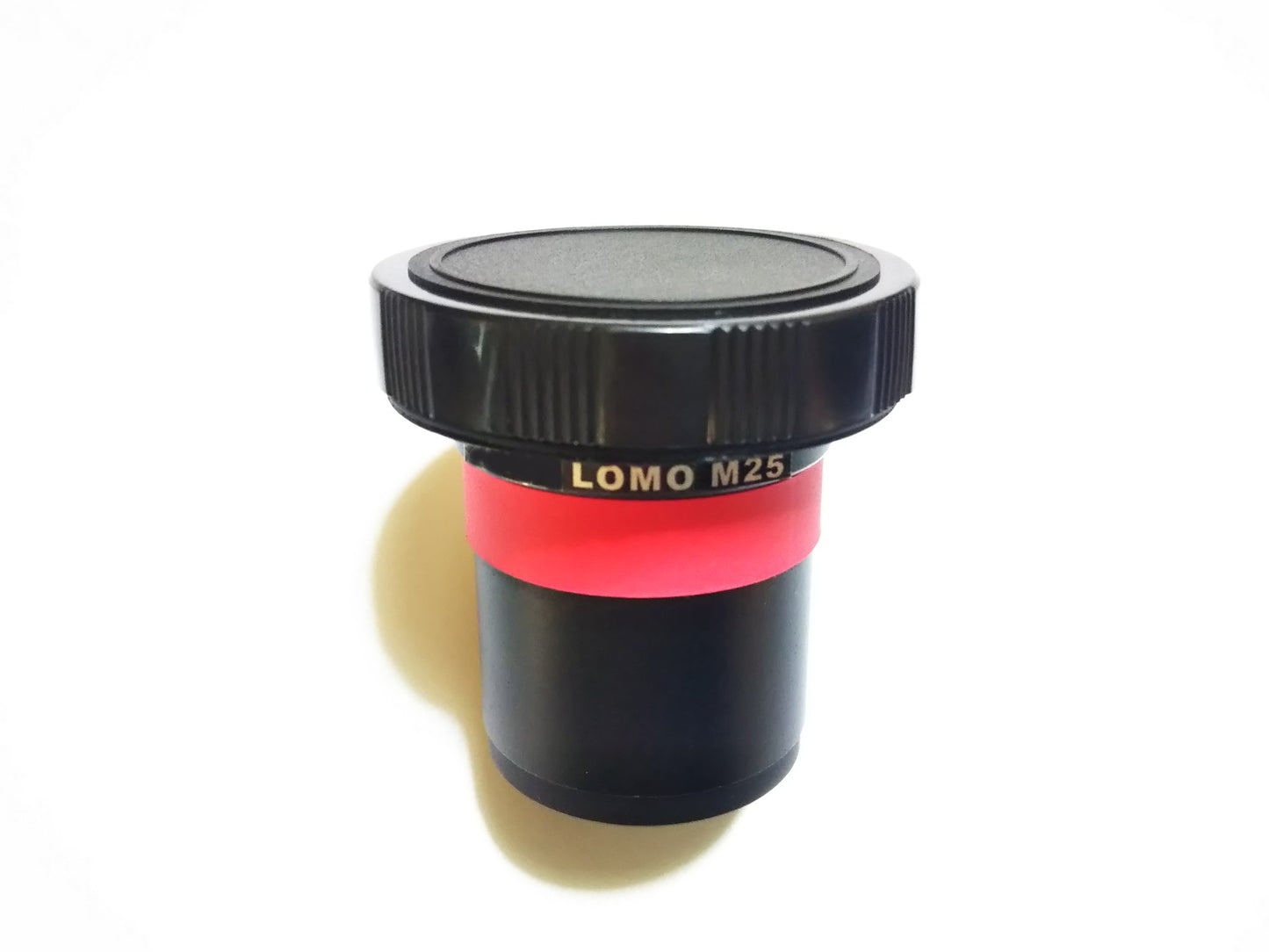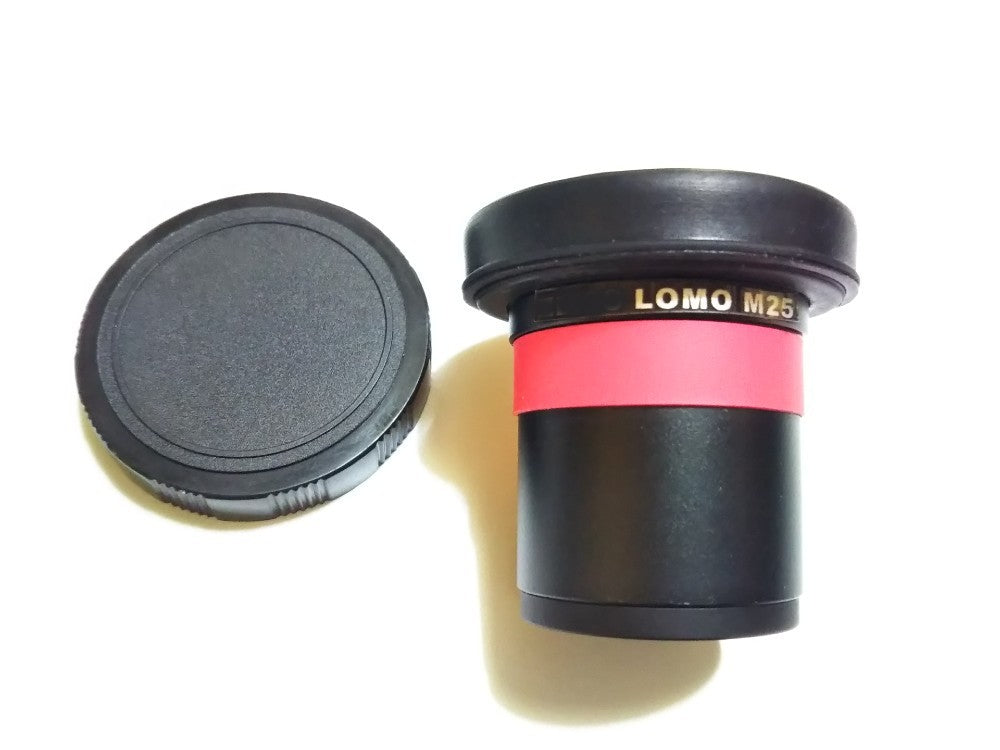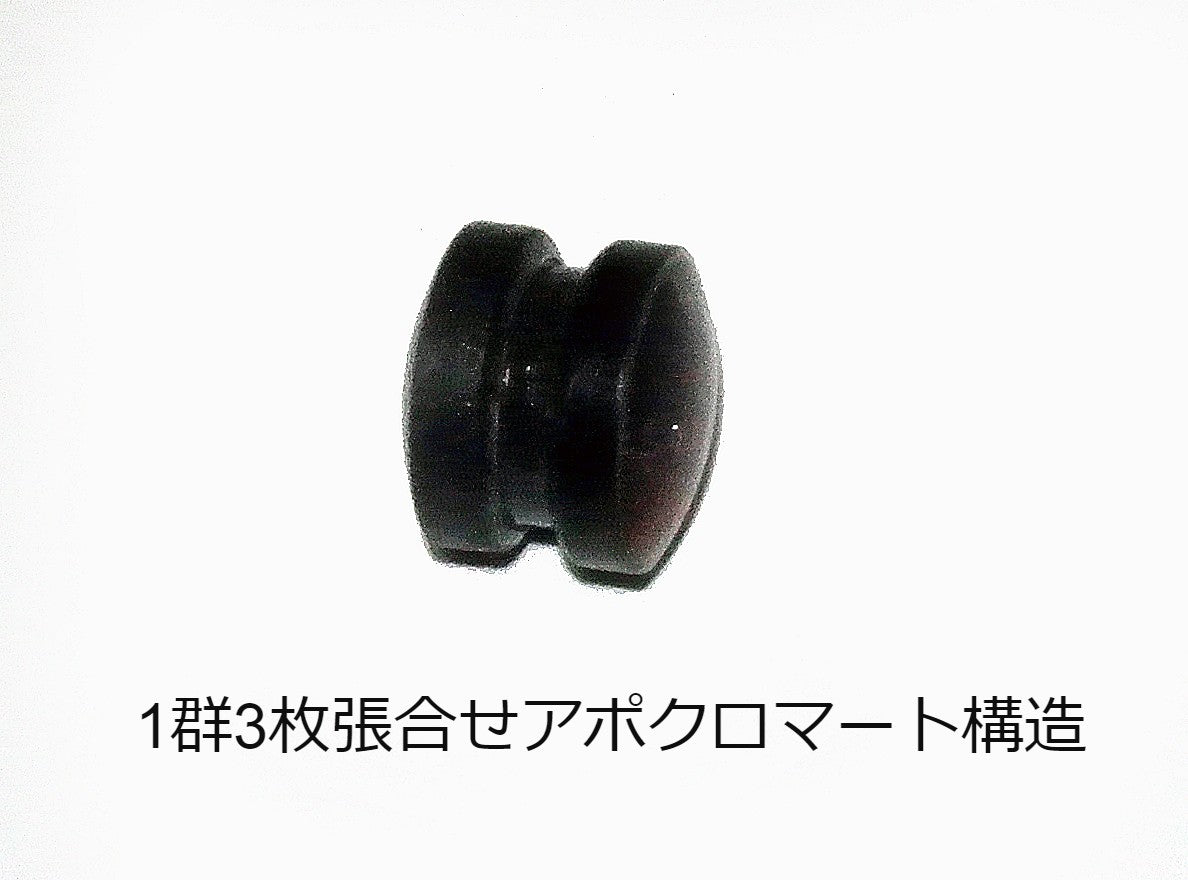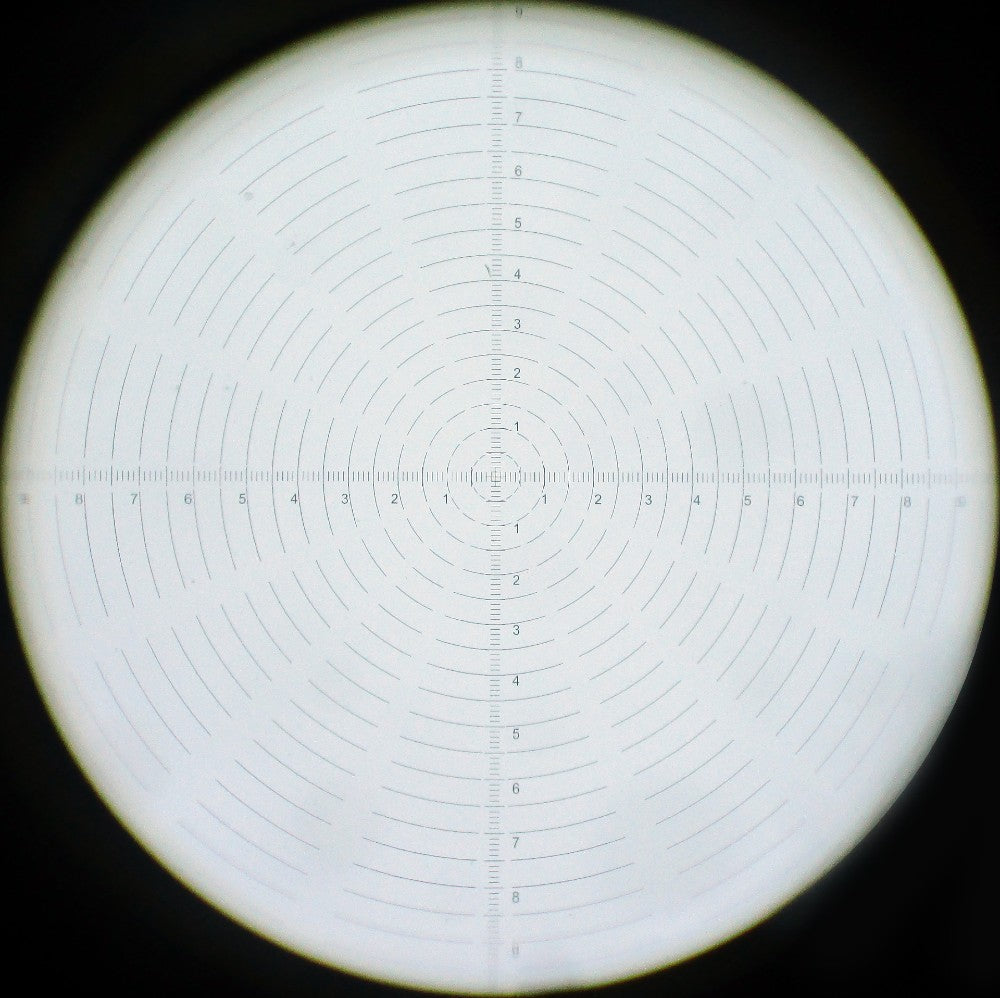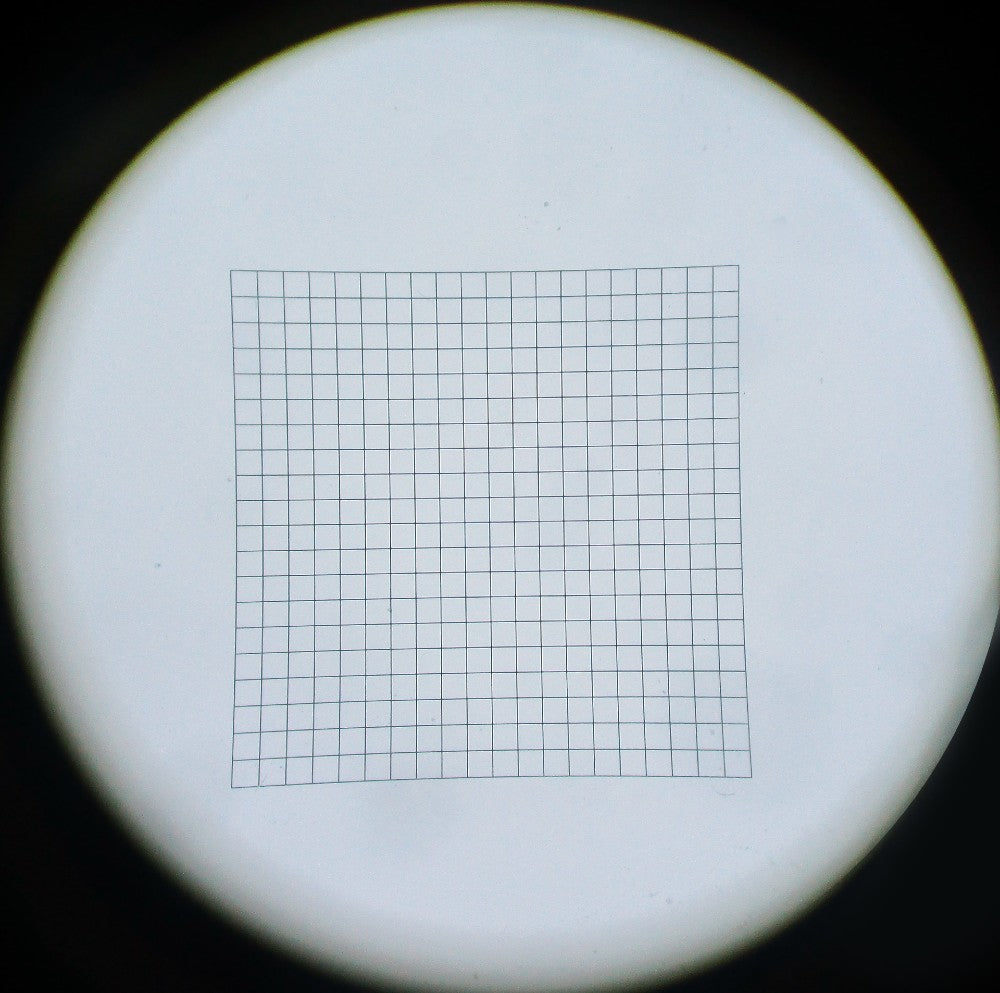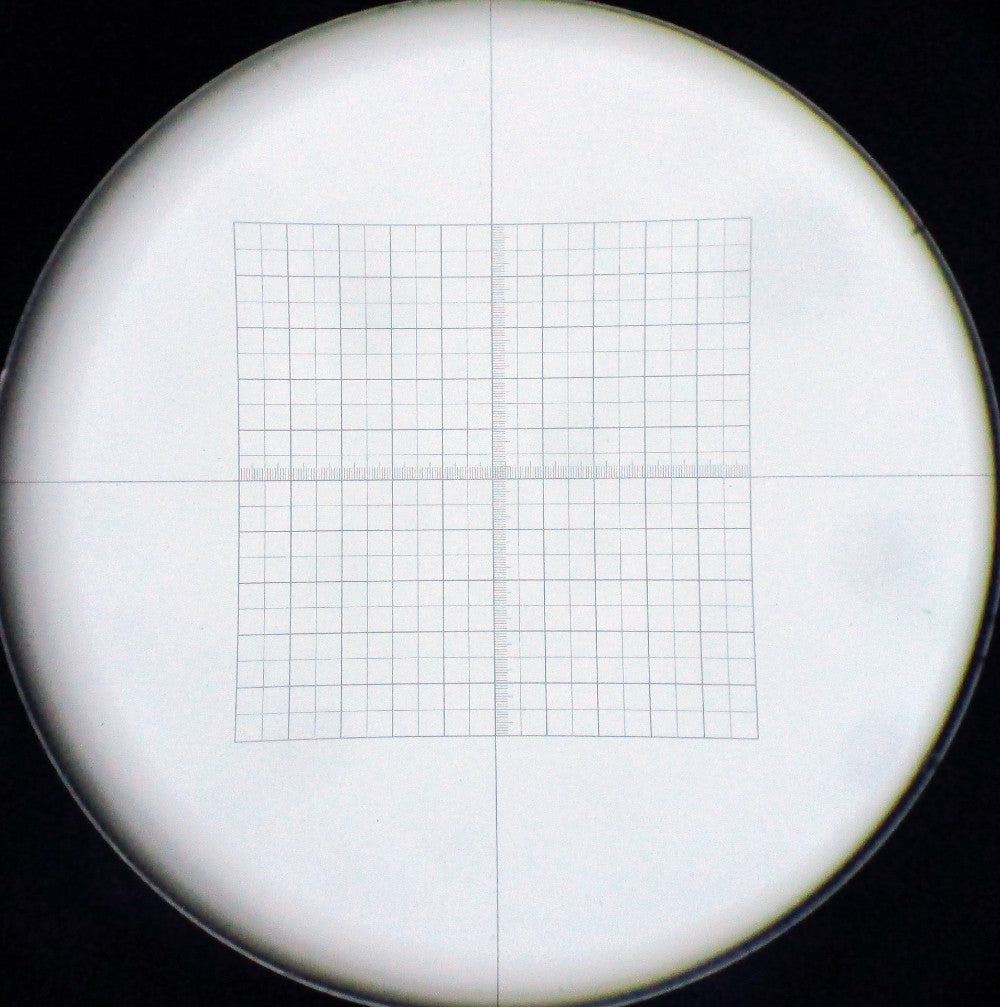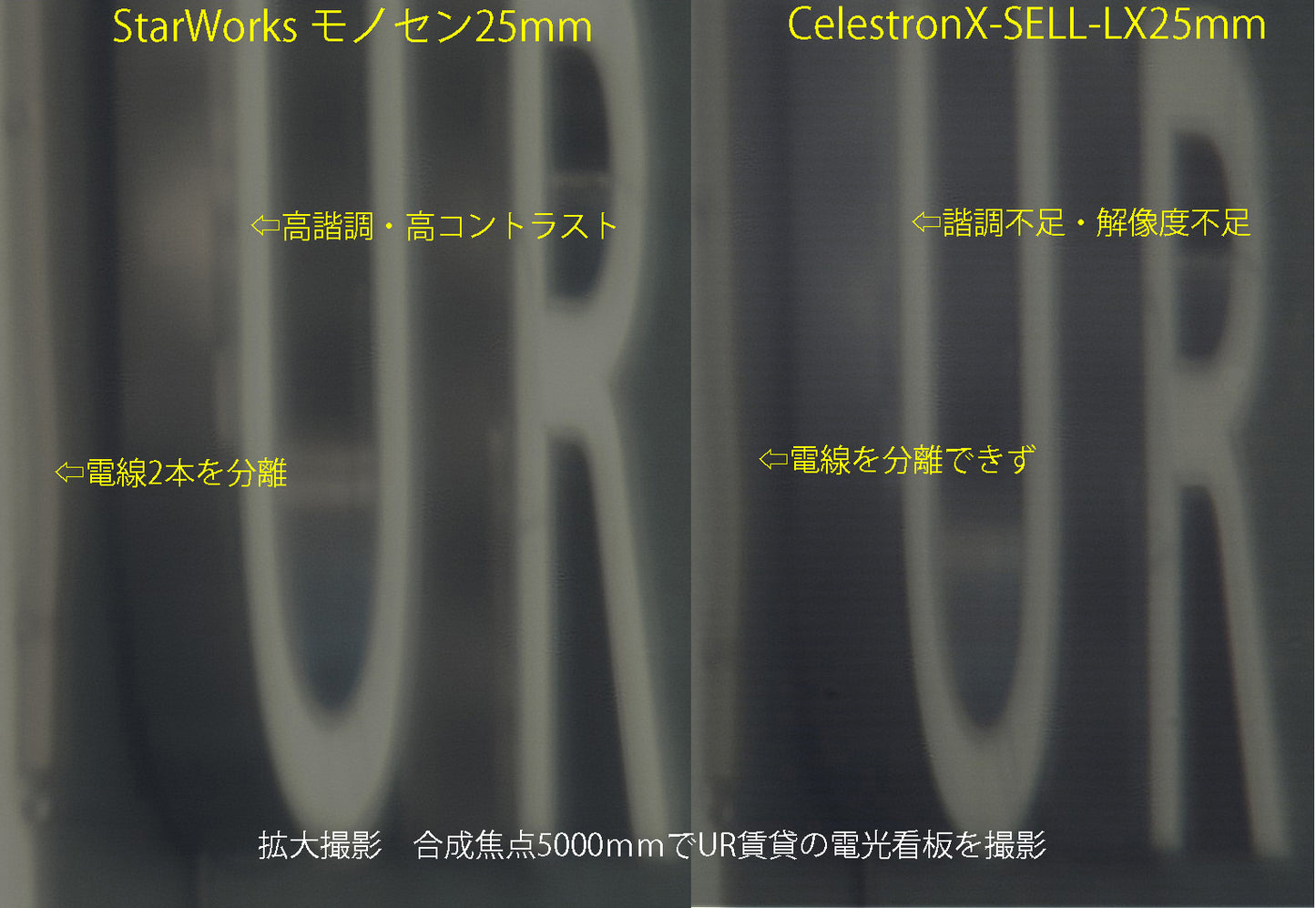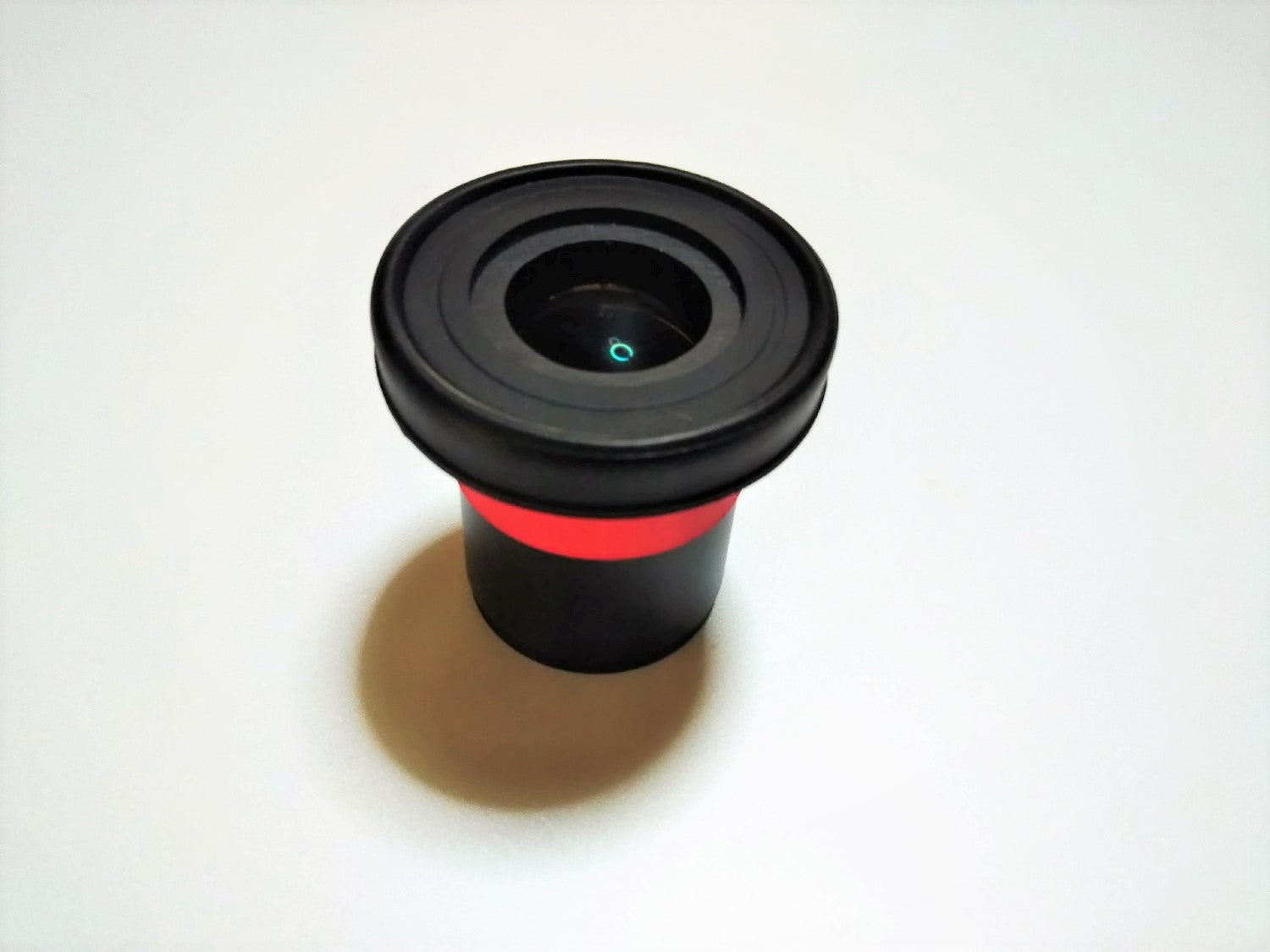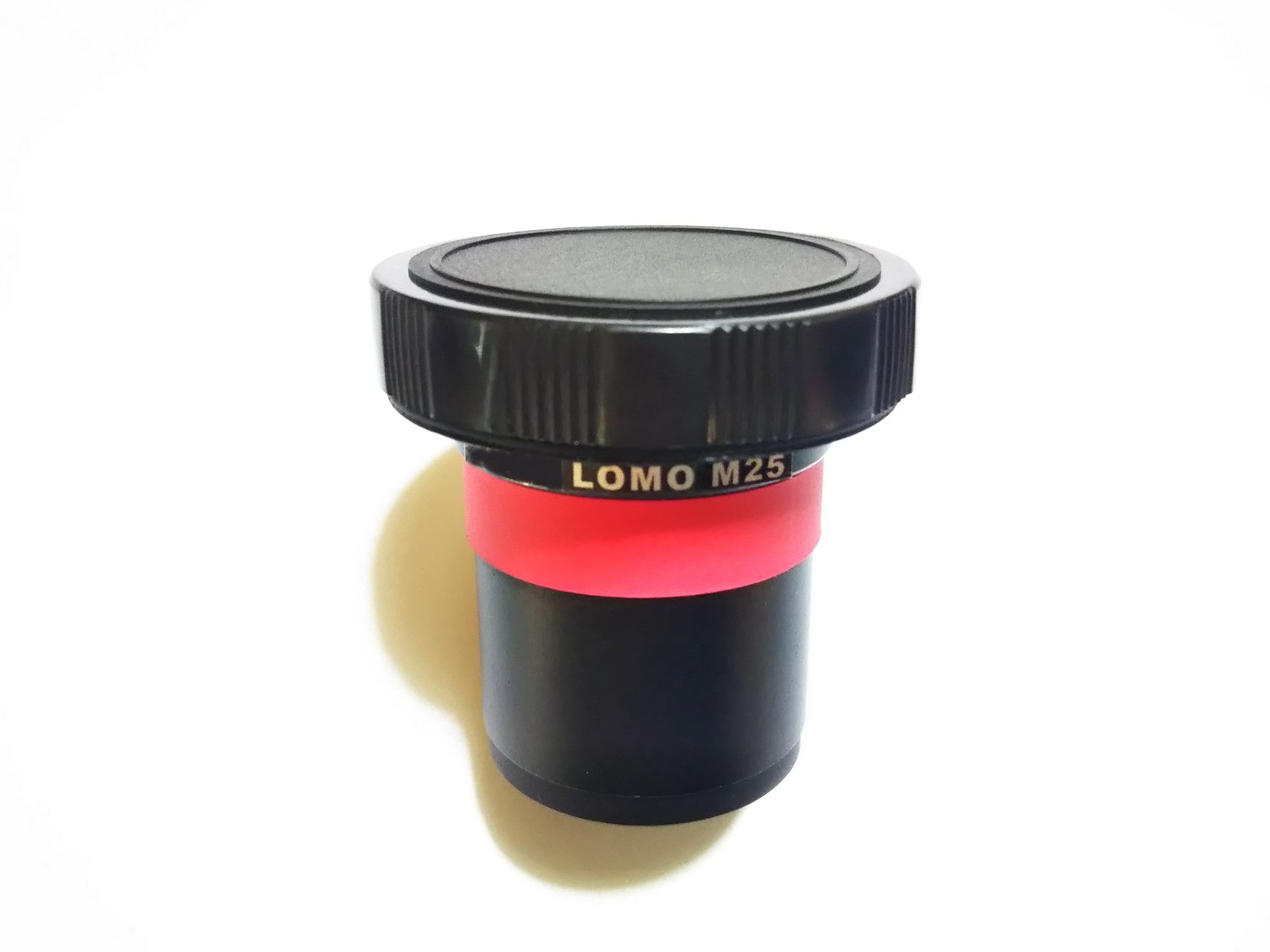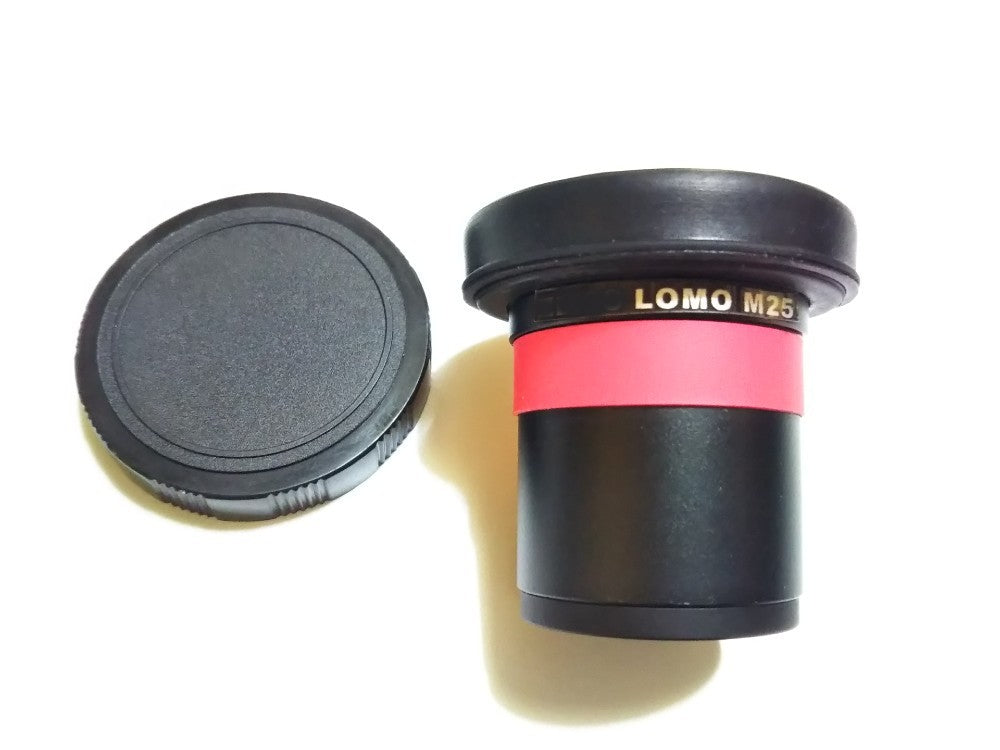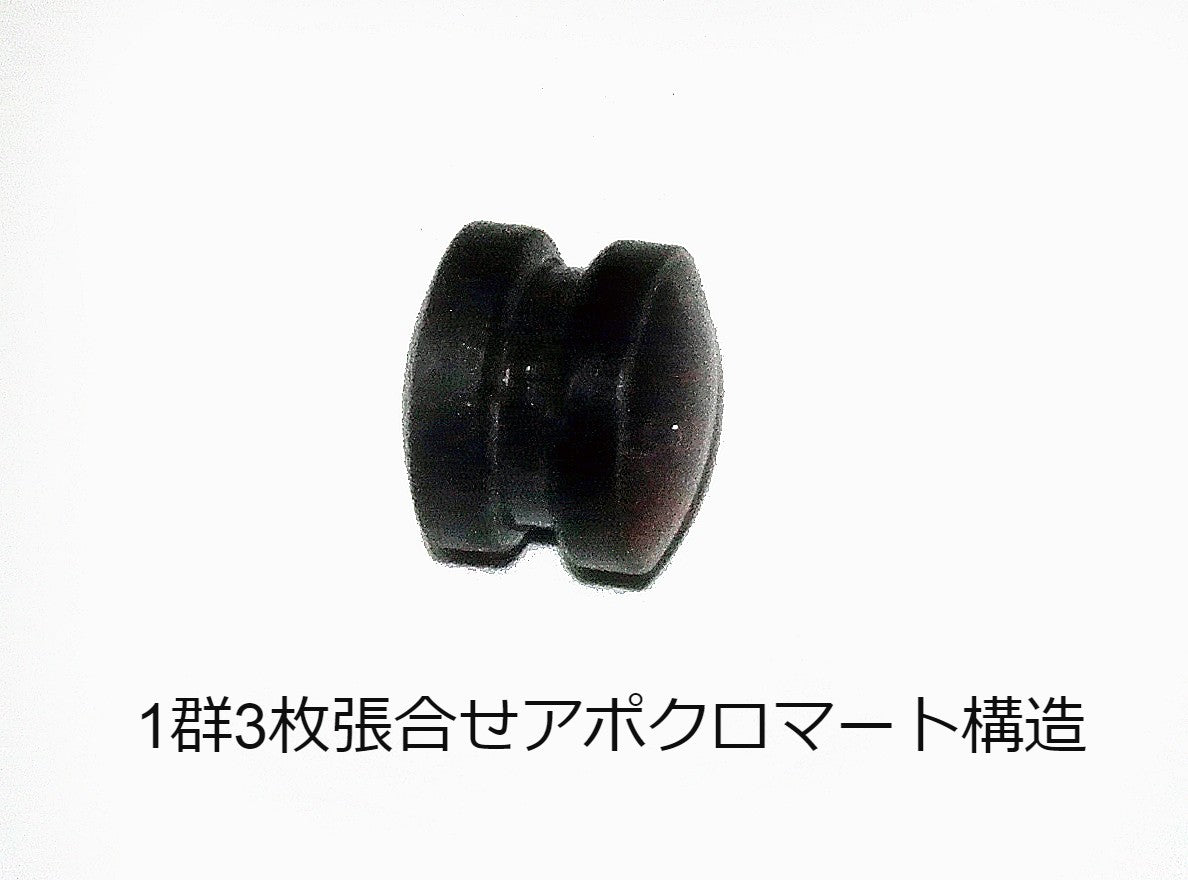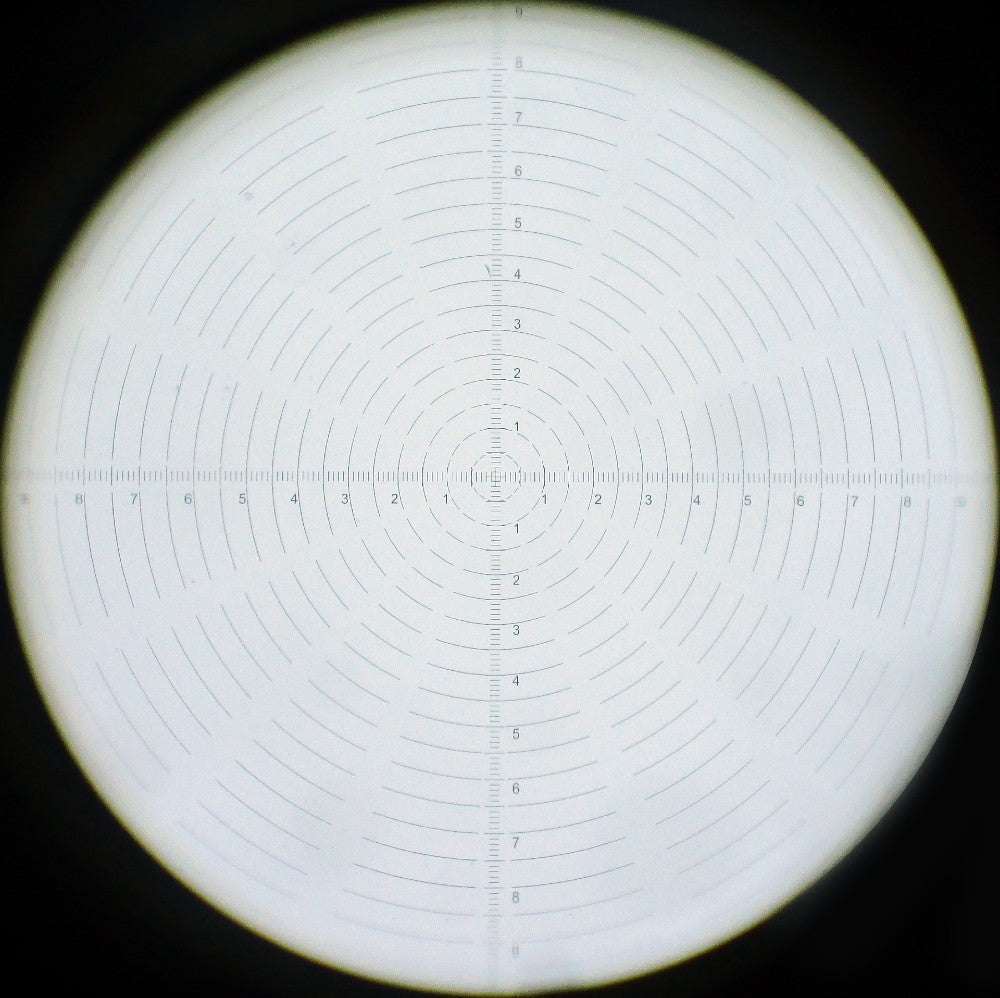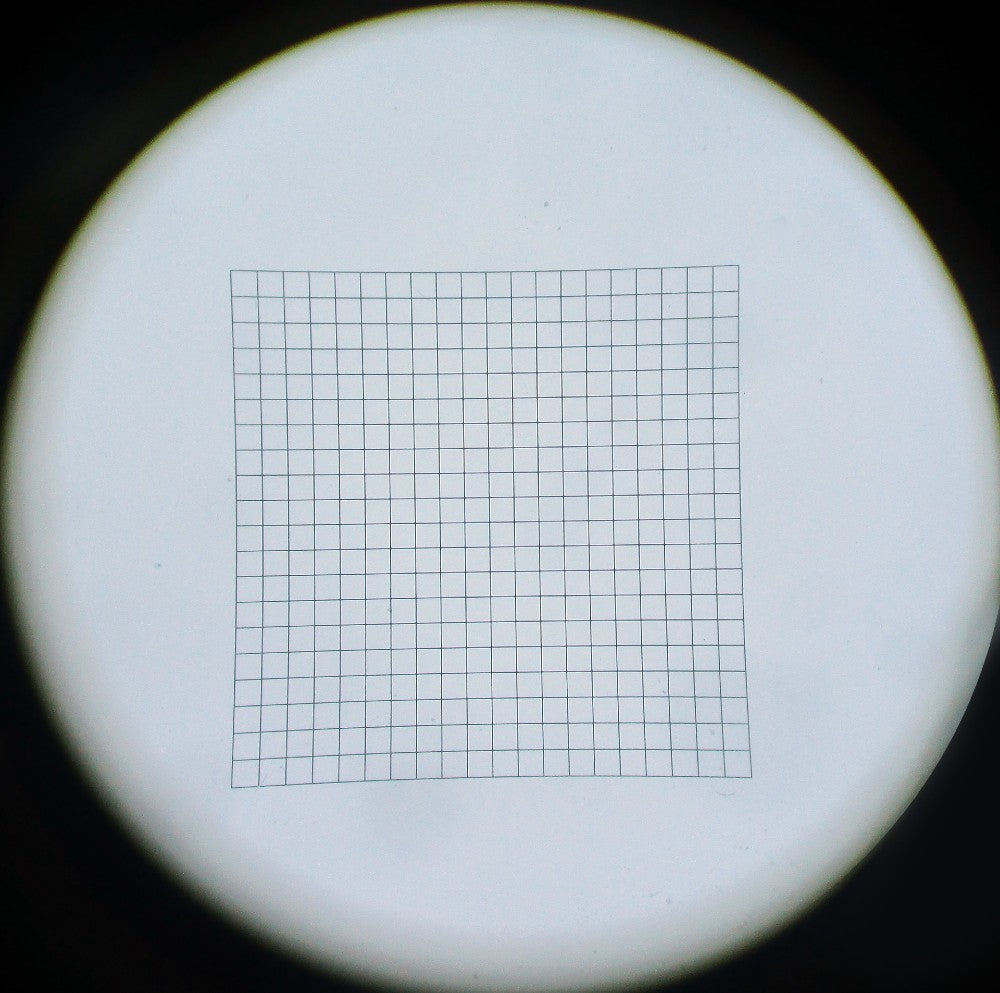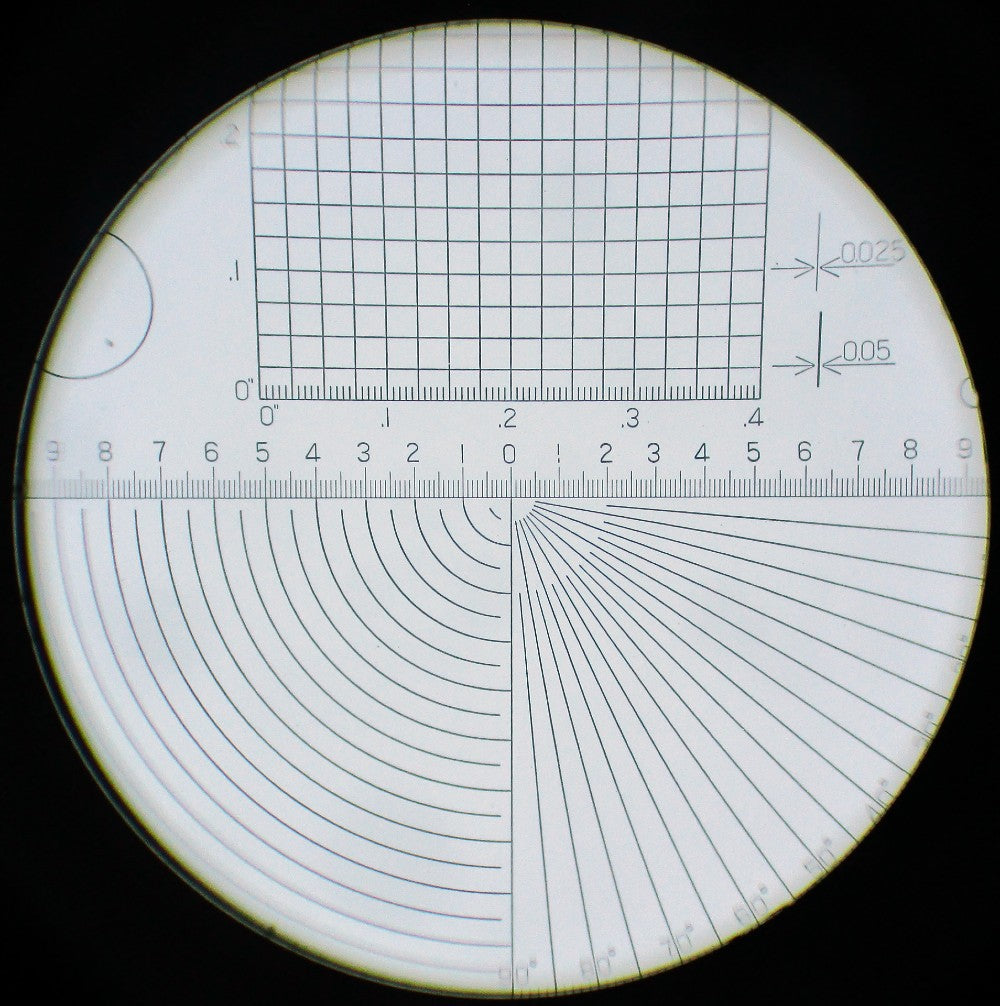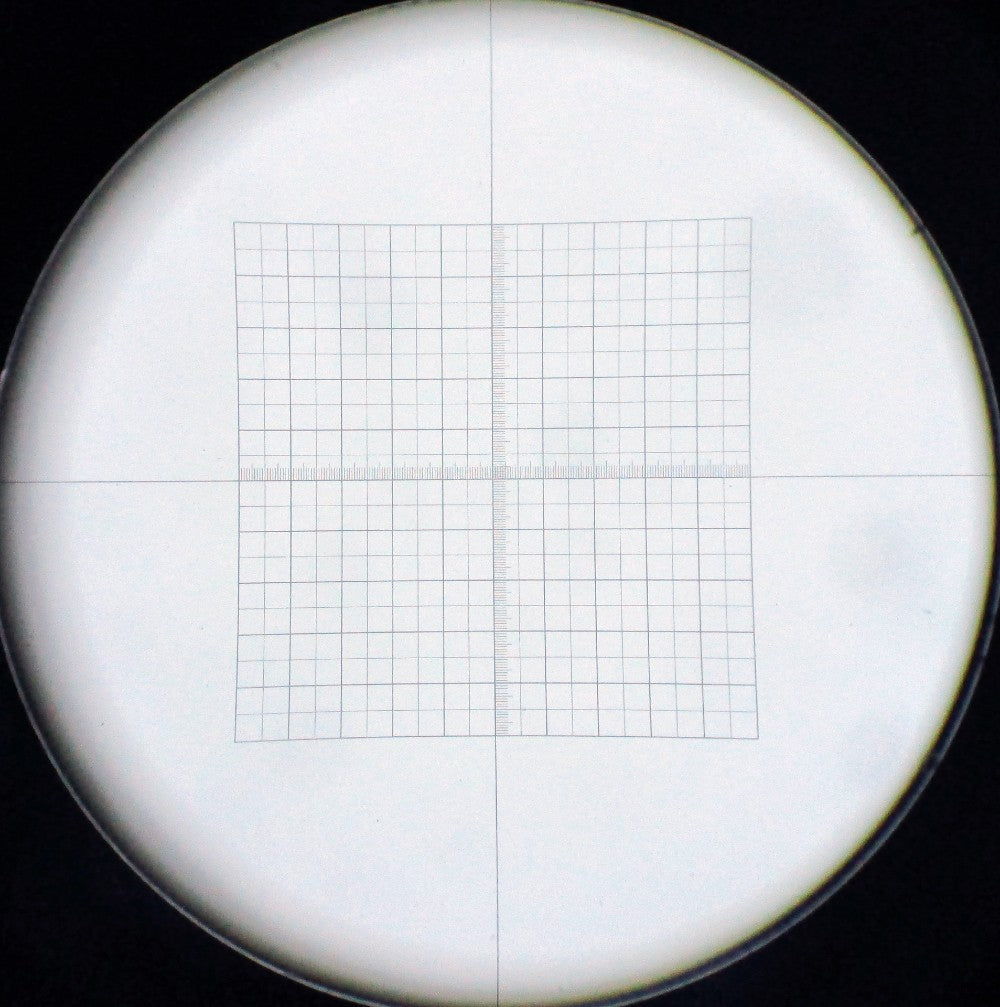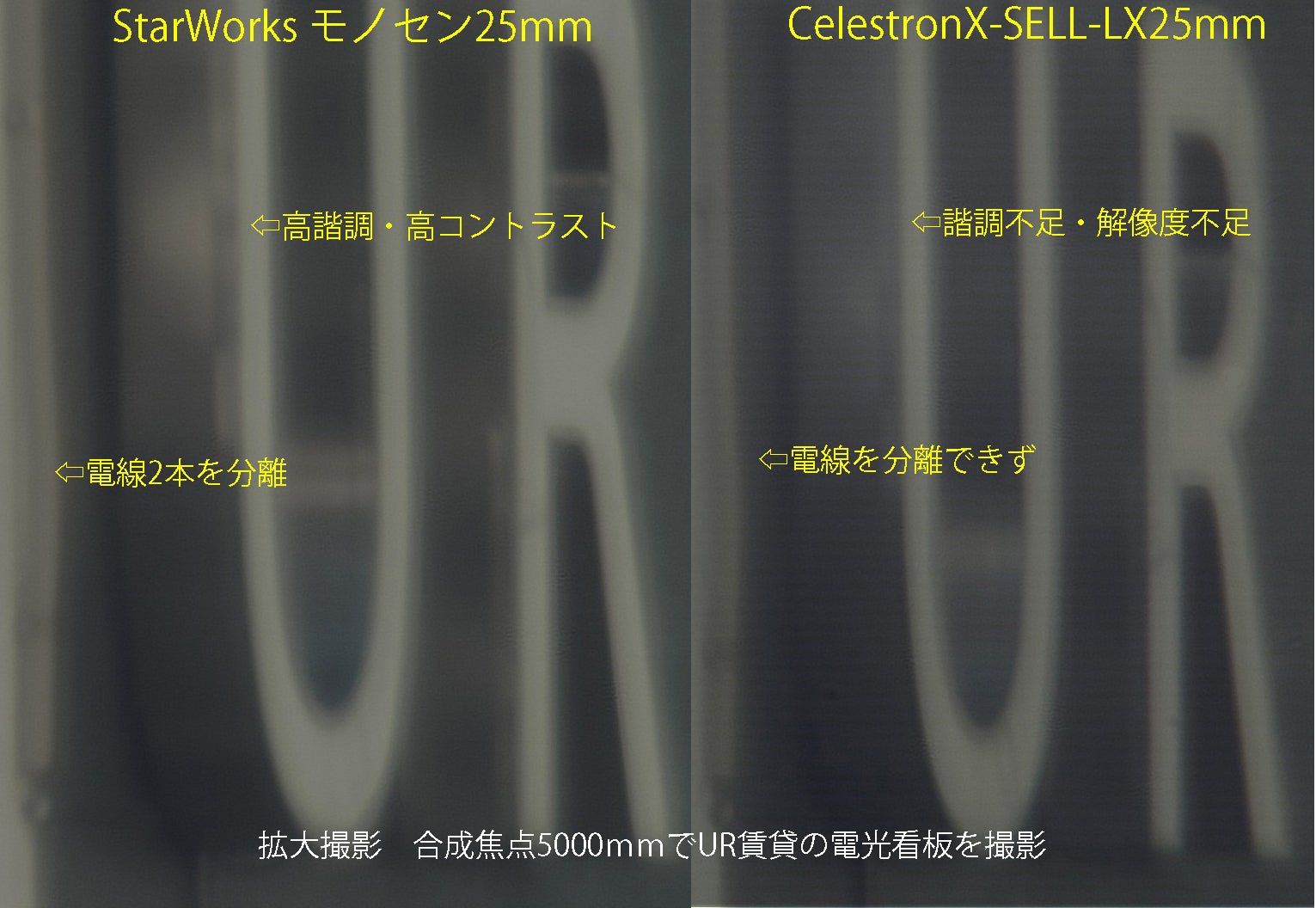StarWorks
StarWorks original monocentric eyepiece 25mm high contrast, no distortion, no chromatic aberration
StarWorks original monocentric eyepiece 25mm high contrast, no distortion, no chromatic aberration
Couldn't load pickup availability
This product comes with an aberration measurement chart.
The performance of the lens is sharp, surpassing conventional astronomical orthos and other lenses, with higher contrast in both stars and landscapes. The three elements in one group have the same structure as a three-element apochromatic objective, so there is no chromatic aberration and the contrast is considerably higher than conventional eyepieces. We recommend this eyepiece.
The monocentric eyepiece is an expensive eyepiece popular among old fans for its superiority in planetary observation, and it has been considered good for planetary observation because of its high transmittance, although the field of view is narrow.
There is also a 1-group 1-element eyepiece, also called a torus eyepiece, which is a long cylindrical glass lens polished on both sides and considered good for planetary observation. However, it is very difficult to manufacture and has no array relief.
The monocentric lenses of INTES (Russia) and TMB (U.S.A.) were introduced to the market after that. 3 lenses are pasted together to eliminate contact surfaces, and the lens curvature is the same on the incident and ejection sides to cancel out chromatic aberration with an apochromatic structure, so theoretically, an eyepiece with no chromatic aberration can be produced.
The TMB has better contrast and performance than the INTES, but it is impossible to make a monocentric eyepiece with a diameter of 15mm or less. The TMB was not possible to make a monocentric eyepiece of 15mm or less, and the field of view was blurred due to gaps caused by defective laminating surfaces and differences in curvature, etc. "Theoretically, it is good, but it is useless with such an eyepiece. I honestly felt that the ordinary eyepiece was still better.
However, as eyepieces become longer than 15mm, the Zeidel's 5 aberrations are surprisingly improved, so only the 18mm and 21mm eyepieces, which were limited to 50 pieces worldwide and sold for 70,000 yen each by TMB, had amazingly excellent performance. The 25mm lens introduced here has an even wider field of view and high resolution with no chromatic aberration.
Originally developed by Zeiss, Zeiss stopped selling short focal length lenses for astronomical use at an early stage due to the narrow field of view for microscopes and the difficulty and cost of manufacturing them. However, long focal length lenses with a bright field of view and high resolution can be obtained, so they are still manufactured as appraisal lenses for minerals and the like. There are still many manufacturers claiming to produce monocentric lenses for mineralogical analysis, but in reality, most of them are triplet lenses with three elements in two groups, which can be manufactured inexpensively. However, it is not a true monocentric lens and does not provide as much contrast as a monocentric lens.
I looked for monocentric l enses from good manufacturers and found that two companies, LOMO of Belarus, a joint venture with ZEISS, and NIKON of Japan (with a narrow field of view), produce excellent monocentric lenses for professional use. LOMO of Belarus is a company that excels in military optics and has a joint venture with Zeiss, which is independent from LOMO of Moscow, which is famous for manufacturing a 6-meter diameter telescope with a Maksutov focus in the Soviet Union, but also manufactures microscopes for Zeiss.
Zeiss Jena is famous for having provided LOMO's Maksutov telescope, microscopes, camera lenses, and the world's first coatings to the Soviet Union, which confiscated its employees and equipment after the war, as well as its development and manufacturing know-how. Many of the LOMO products from the Cold War era are available with both Zeiss and LOMO engravings, and many of the same items are on display at the Zeiss Optical Museum and the LOMO Museum.
According to collimator measurements, the field of view is considerably wider than that of the TMB monocentric, and no chromatic or spherical aberration is observed.
However, since it is a wide lens, there was strong vignetting around 90% of the field of view periphery. The contrast was by far the highest compared to the 25mm astronomical eyepieces we have tested in the past, and the color reproduction of the high-color coating was excellent.
Contrast is excellent in a wide field of view, and the image is sharper and much brighter than the Abbe-type orthos that seem to be on the market these days.
If you are visually oriented, This monocentric with its wide field of view is great, but it also comes with a set of viewing rings for peripheral light reduction that can be screwed on and replaced to allow you to take advantage of its high contrast and high-detail reproduction.
In order to let as many people as possible know how good this eyepiece looks, we have made it reasonably priced at less than 1/3 of the price of conventional monocenes on the market.
*******************
We received an early performance evaluation of the LOMO (Belarus) Monosen from Mr. SY, a veteran observer in Miyagi Prefecture who has been observing for 35 years. He had owned all models of Teleview eyepieces, but now he has moved on to higher-performance professional microscopes with advanced correction lenses.
*******************
Here is his observation report from Yamamoto-cho, Miyagi Prefecture, on the coast yesterday.
This time I used OMC-140 with light equipment to observe the Moon and nebula clusters. I used OLYMPUS binoculars with apertures of 30mm, OLYMPUS 25mm (aperture 22mm), Zeiss 25mm (aperture 23mm), Zeiss 25mm (aperture 18mm), Zeiss LOMO M25 monocenes in four sets.
On the lunar surface, the Zeiss LOMO M25 performed equally well with the Zeiss 25mm (18mm aperture) up to about 80% of the field of view in terms of detail. The same was true for color. Peripheral attenuation was felt at the periphery of the field of view, but this was alleviated by attaching the correction ring (included in the kit).
As for nebulae and clusters, the performance of Zeiss LOMO M25 was equal to that of Zeiss for M42, Happle Variable Clouds, and others. Regarding the color, the nebulae are a little whitish. Vignetting can be seen as well as the moon's surface, but with the correction ring (accessory) attached, it does not bother me so much. I was surprised that the performance was even with that of a professional microscope eyepiece. The Zeiss 25mm (23mm aperture) is like a wider version of the Zeiss 18mm aperture and has stable performance. The view of nebulae is the same as Zeiss, but the back of the field of view is a little darker and tighter, probably due to the difference in coating between OLYMPUS and Zeiss. The Zeiss LOMO M25 was about equal to the Zeiss in terms of seeing globular clusters, but the M3's view was much more resolved. The OLYMPUS M3 performed as well as the M42.
I heard that Zeiss LOMO M25 was originally an appraisal lens, but I felt its performance was equal to that of my Zeiss microscope eyepiece and slightly better in terms of color. In any case, it was an eyepiece with sufficient performance.
*********************
We received a review from IW in Tokyo.
*********************
I used this eyepiece for magnification of Jupiter.
The contrast is even higher than the PL30mm eyepiece I had purchased previously (which is an excellent eyepiece and I have no complaints at all), The focus peak is easy to see and the image is brighter, so I was able to shorten the exposure by about 20% compared to the PL30mm at the same magnification rate. This is indeed a monocentric lens.
I am grateful to you for selling this valuable monocentric at such a low price. Visually, Jupiter looks dazzling (25cm Cassegrain at 120x), but the high contrast makes the pattern clearly visible, and I did not feel any narrowing of the field of view.
I recommend it to beginners because it is inexpensive and has outstanding performance.
***********************
Reviewed by SA from Nagano, Japan.
***********************
I saw the pattern clearly than INTES's ST-6, which is the clearest pattern I have on hand.
(I received a review of INTES 6mm monocenes and ZEISS-LOMO monocenes converted to 8.3mm with a barrow and compared the results.)
***********************
We received a review from HW in Tokyo, Japan.
***********************
In the observation of Jupiter using the center of the field of view, the saturation was very high, the brightness range was wide, and there was no ghosting like with the Intes ST, so-called high contrast image. Thank you very much for making such a wonderful eyepiece!
(We received two of these eyepieces and compared them with the INTES monocentric on our binoculars.)
************************
We received a review from AN in Nagano, Japan.
***********************
I compared Jupiter with Nikon 10x loupe (self-made), 10x eyepiece for microscope made in Japan, etc. Your LOMO eyepiece was the best and the best to see Jupiter. The telescope was a TOA130 SE 5x barrow. Thank you very much for the great eyepieces. Please keep introducing good products!
(I received a comment from a customer who looked through the 25mm with the 5x barrow to 5mm.)
************************
We received a review from HH in Saitama, Japan.
***********************
I have just observed the moon, Mars, etc. The contrast and resolution were very high and I was very satisfied. Even with 2x and 3x barrows, it was superior in every way to the domestic Orso and other products with equivalent focal lengths.
*************************
Reviewed by HK, Tokyo, Japan.
*************************
Thank you very much for all your help. It arrived safely. It is easy to see and very good. Thank you very much.
(You liked it so much that you used three of them. They are used separately for normal use and for binocular equipment.)
**************************
We received a review from Mr. SK in Kanagawa, Japan.
**************************
I am impressed by your creative astronomical products. Thank you very much.
